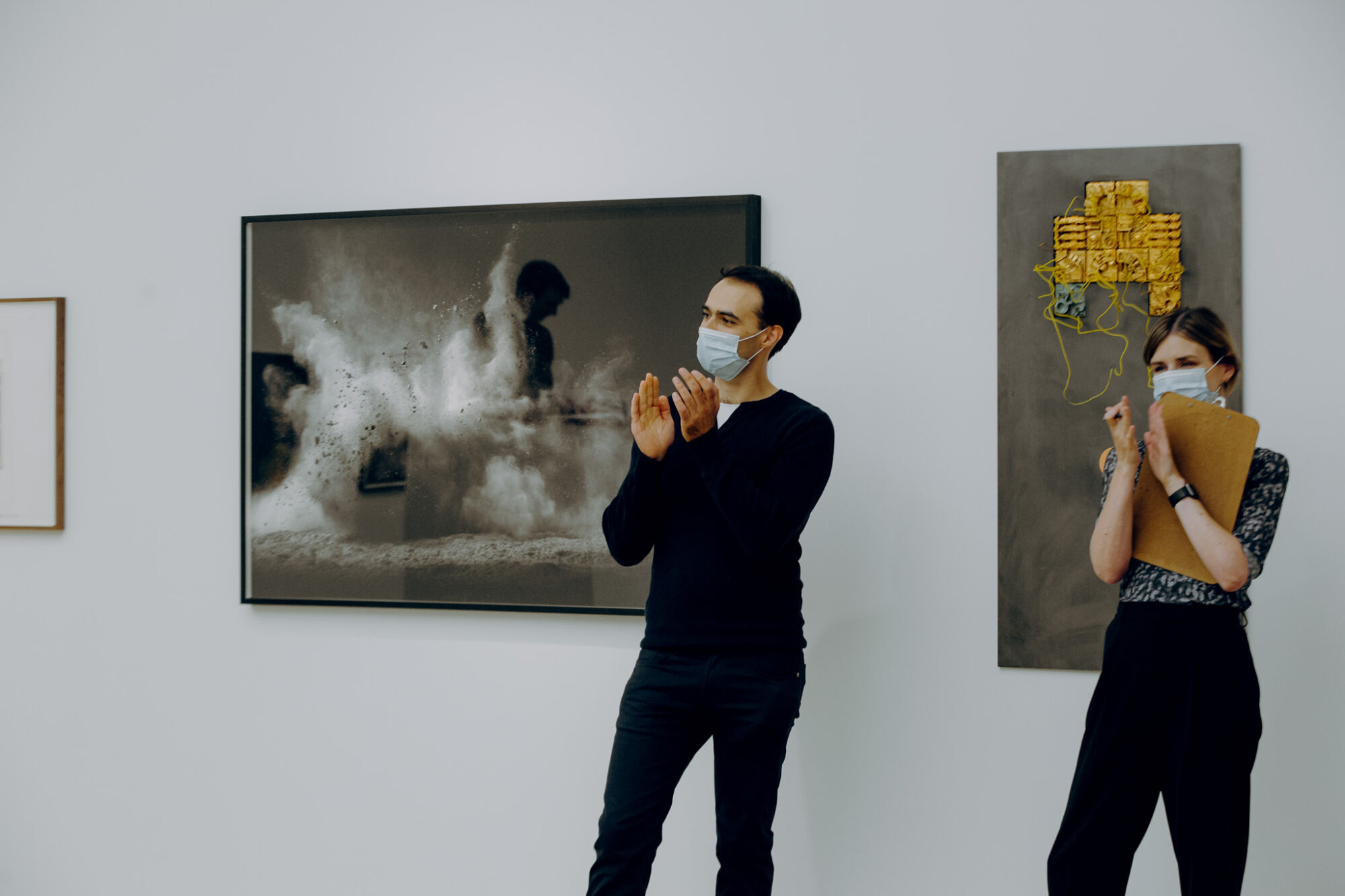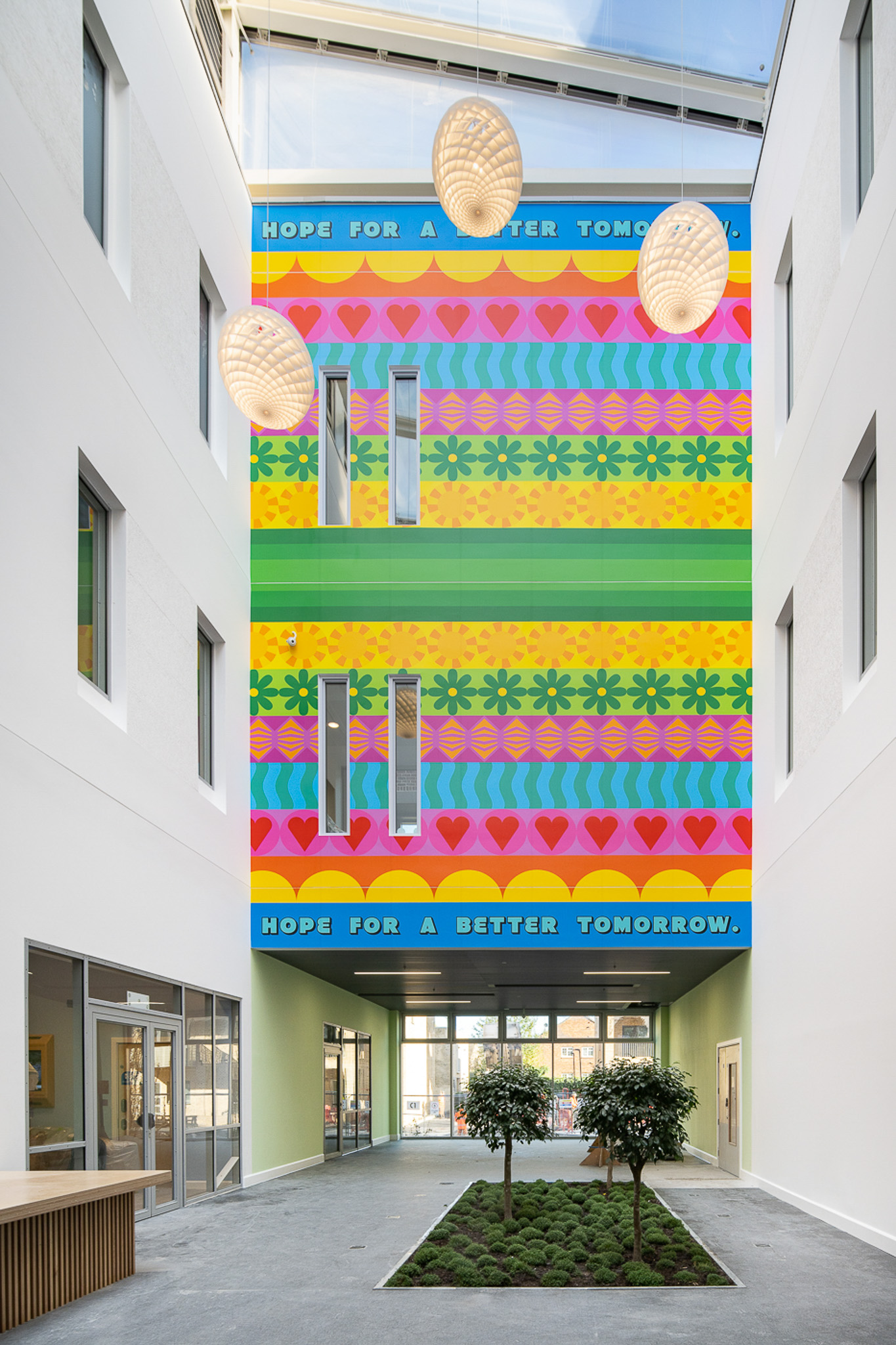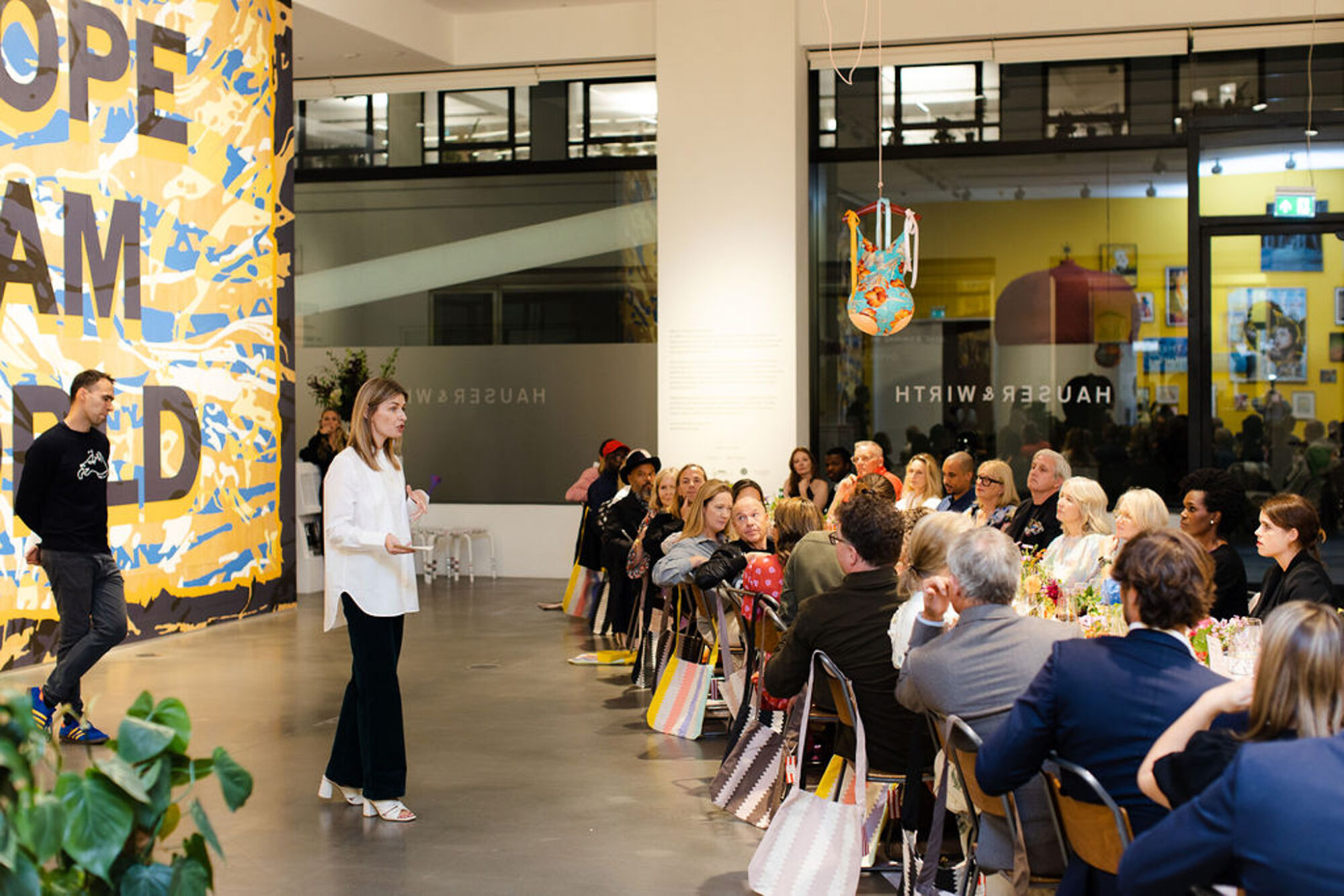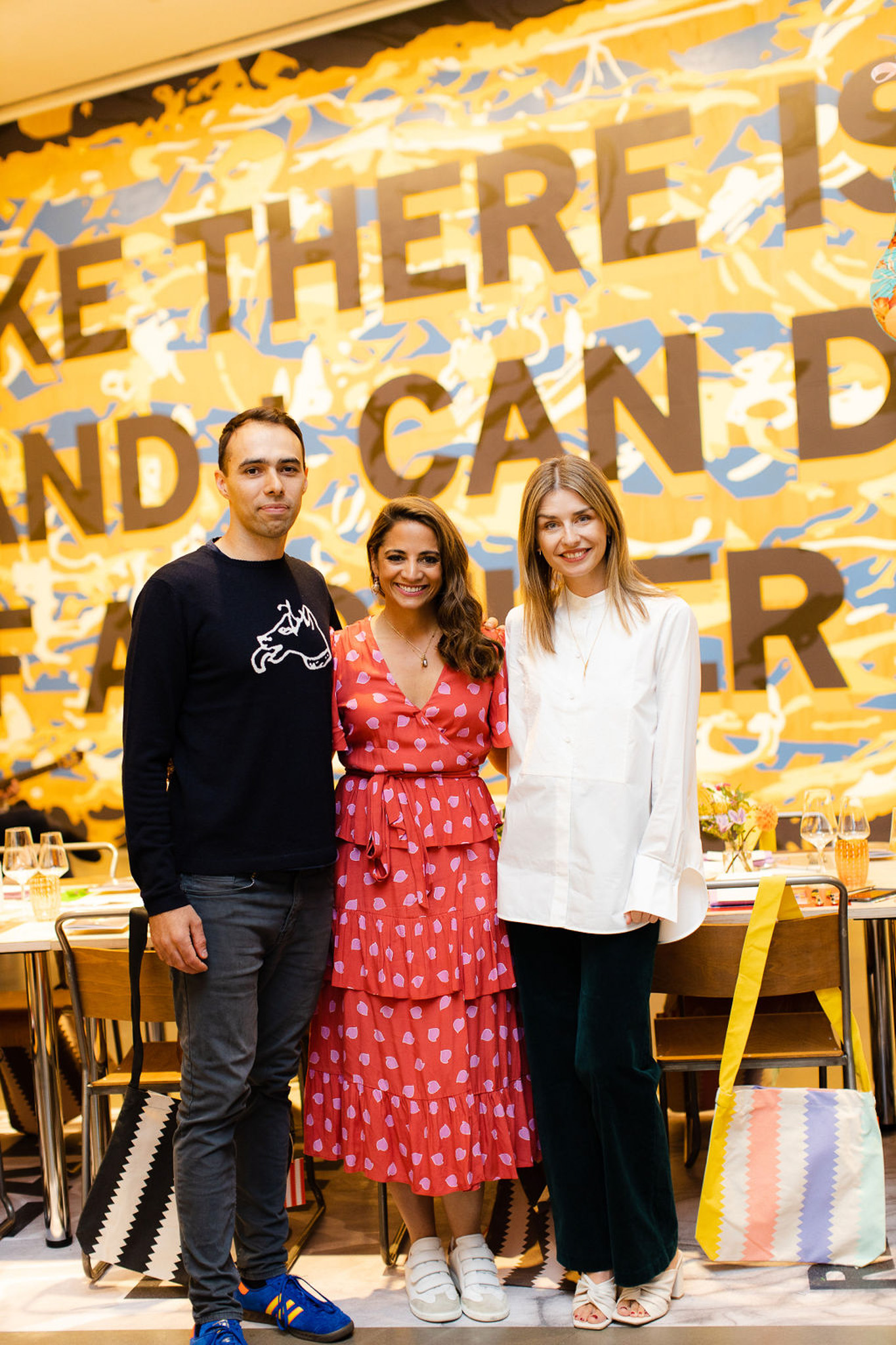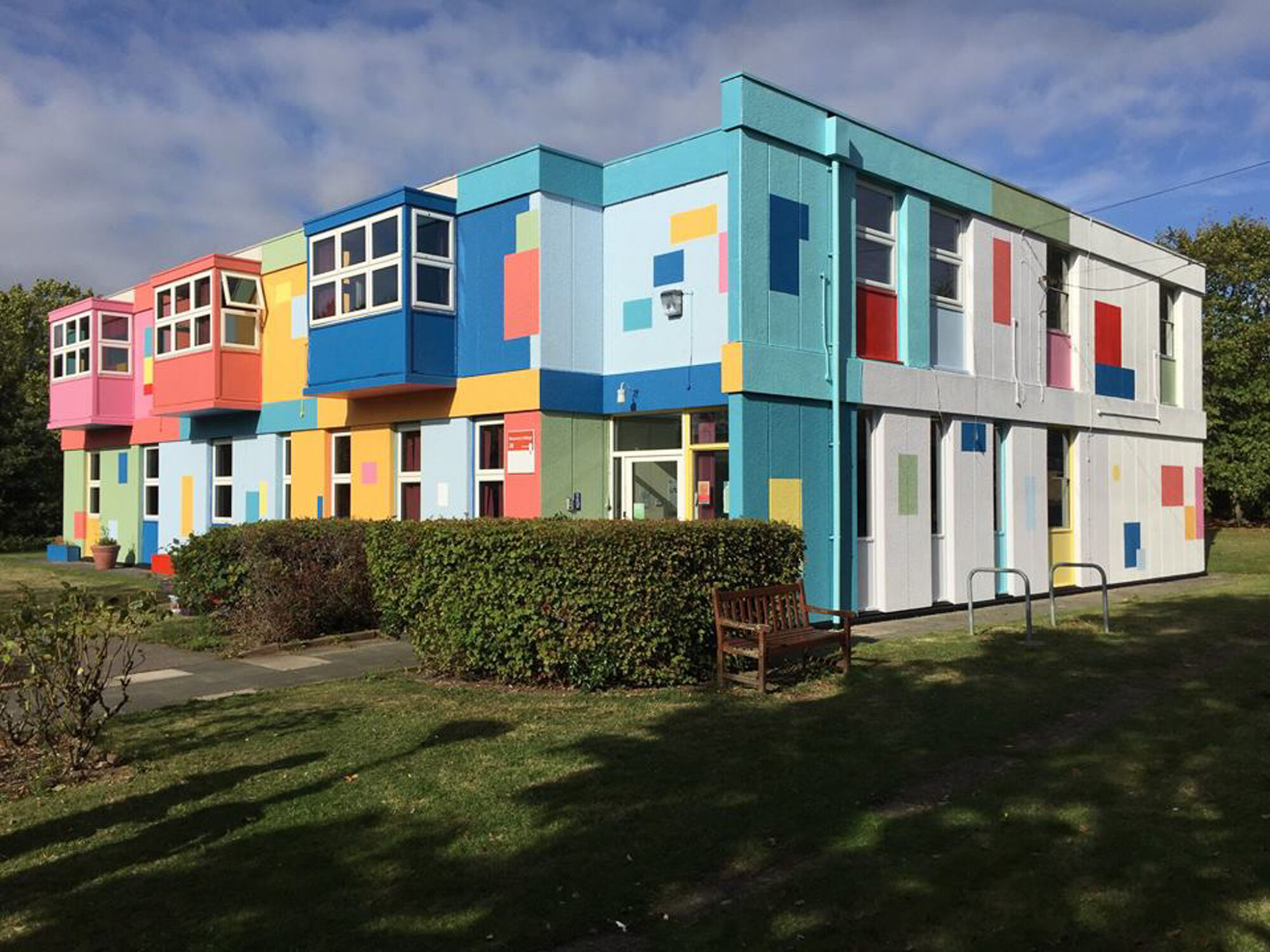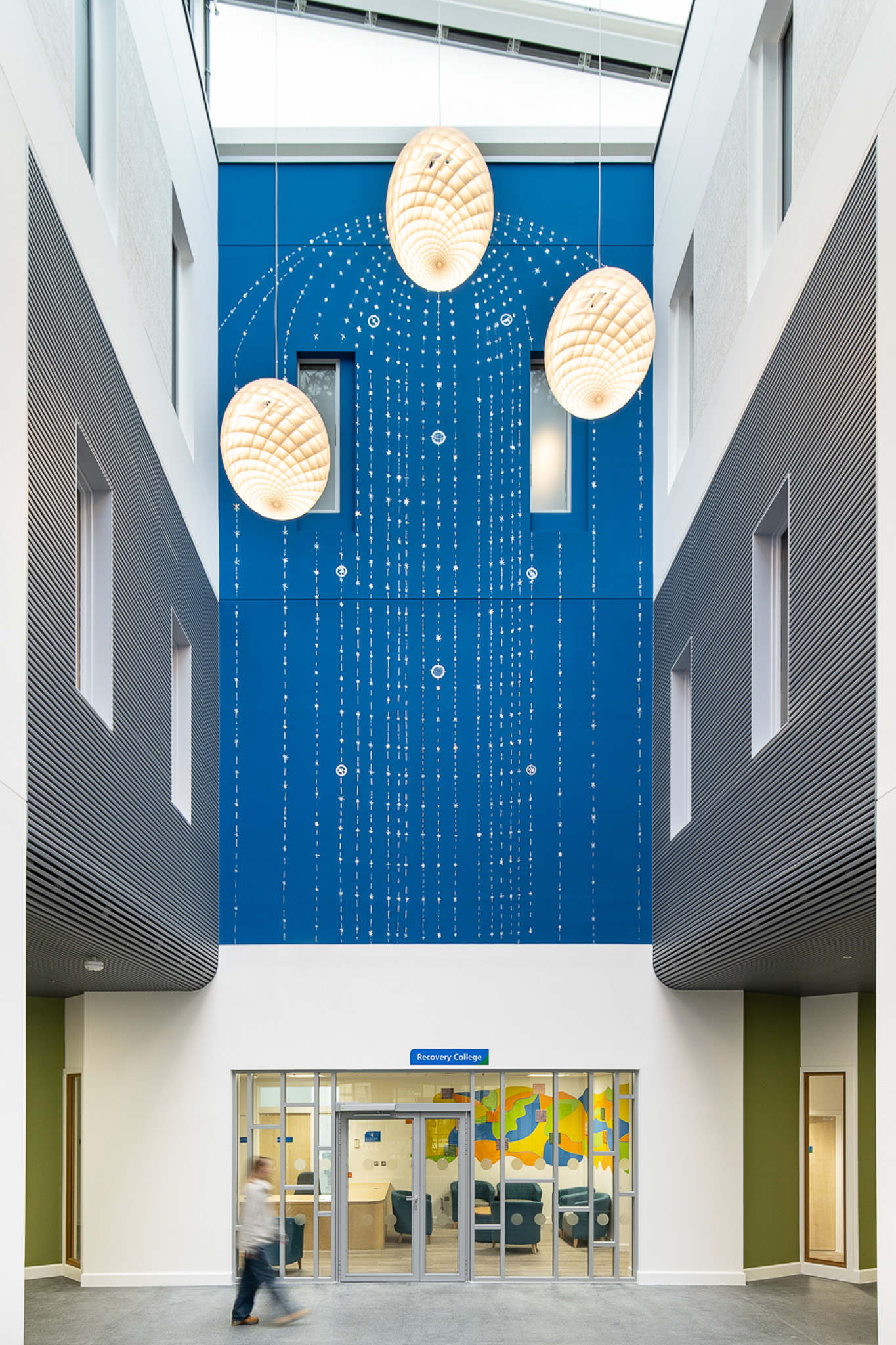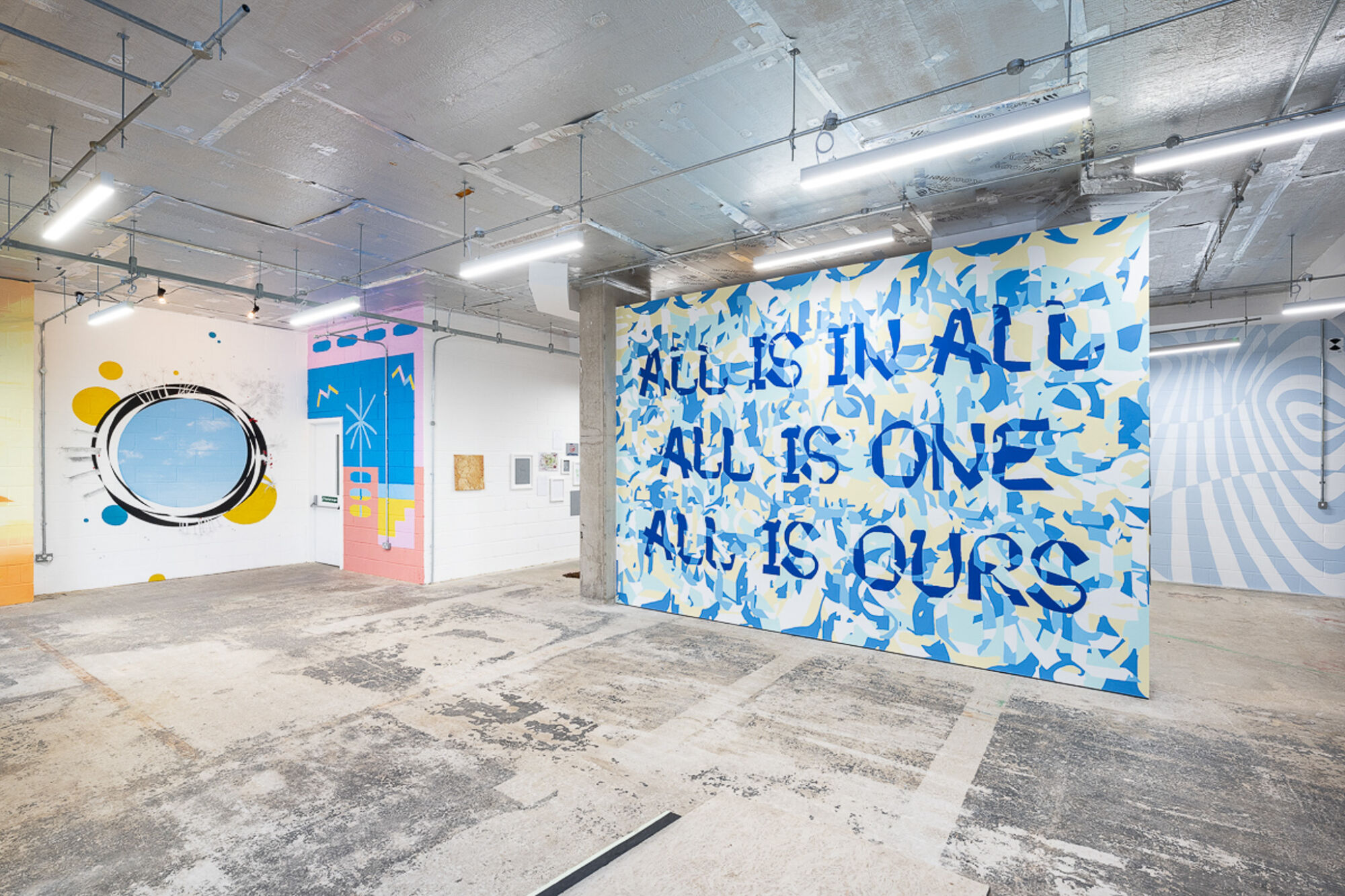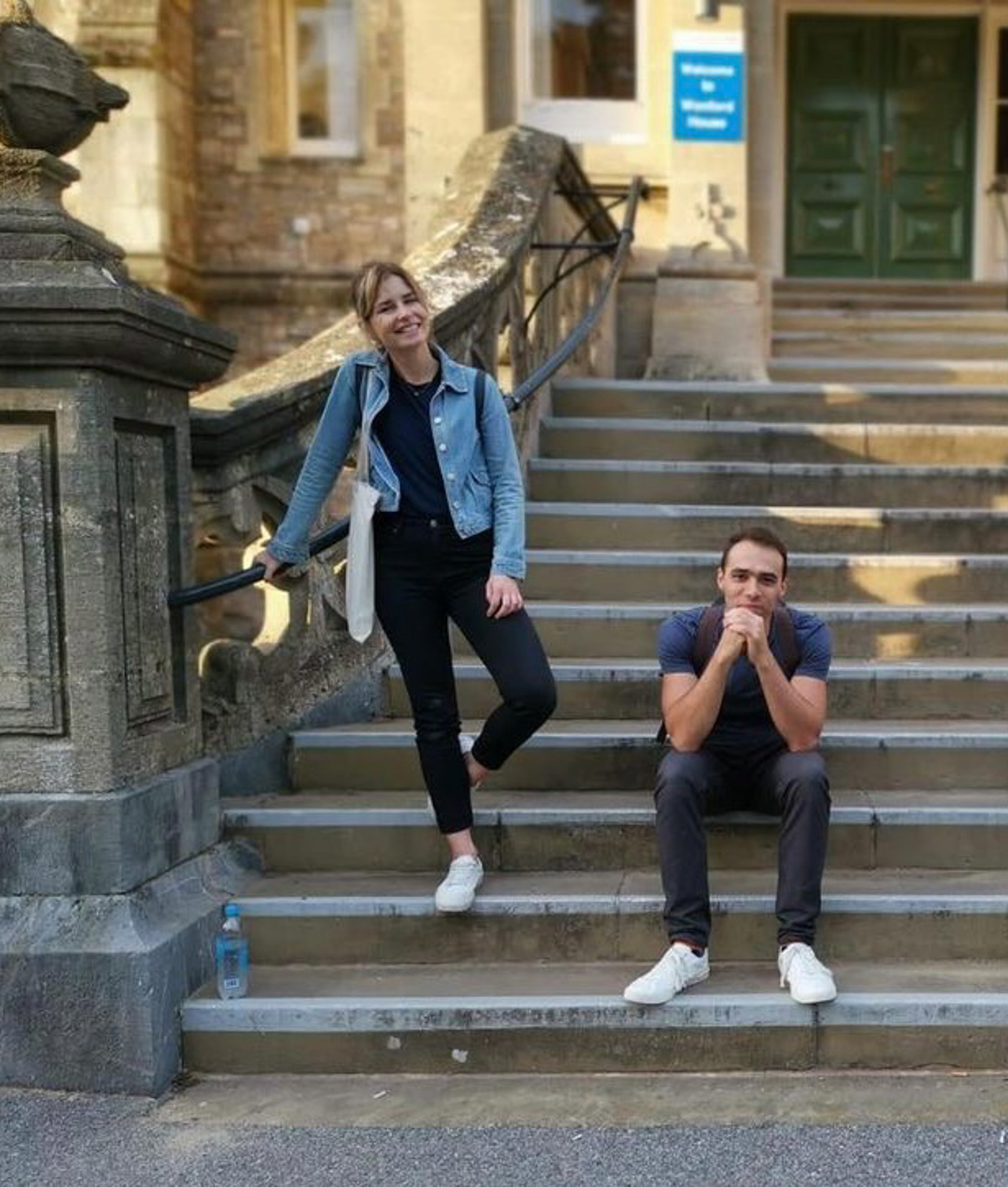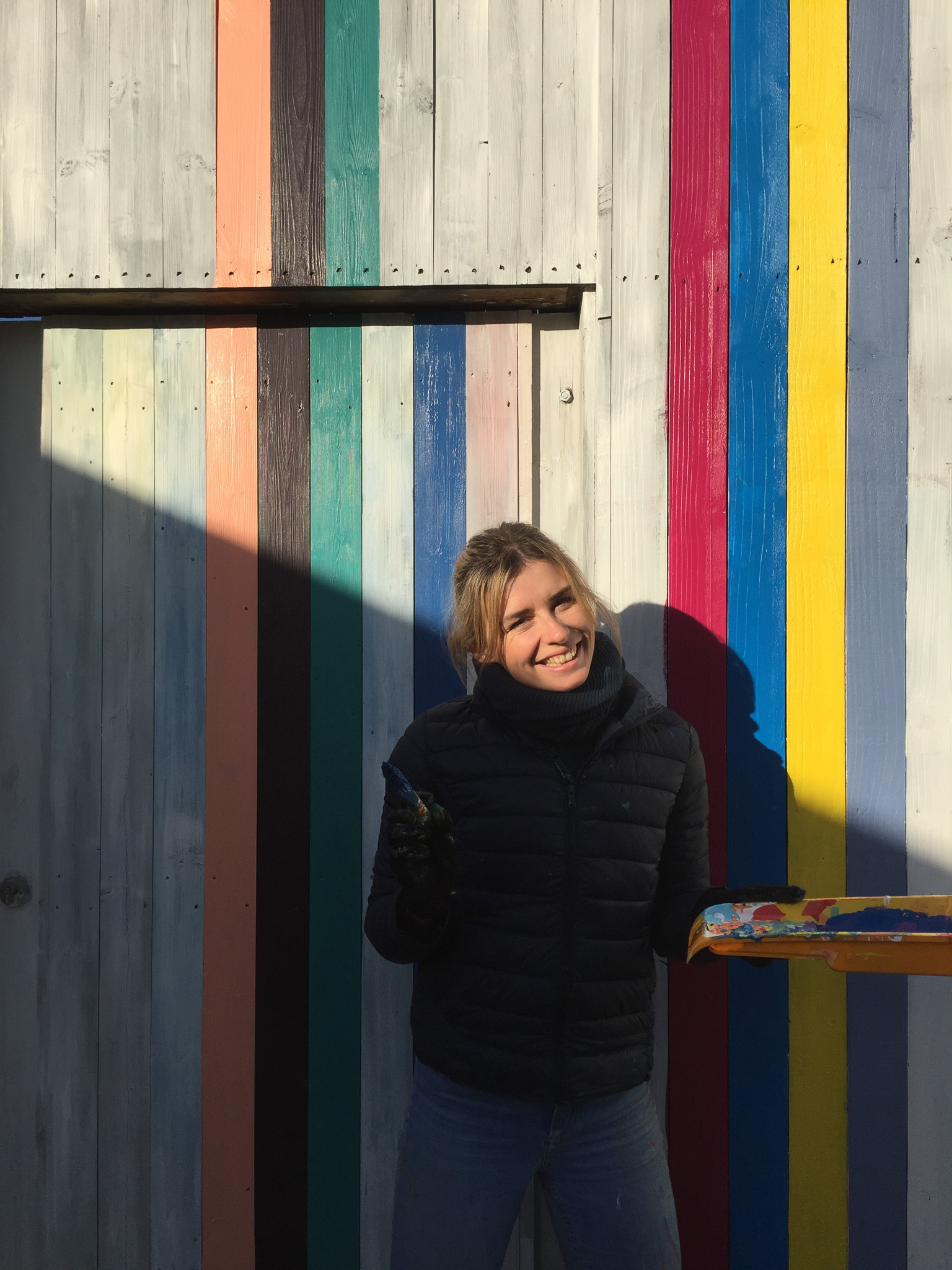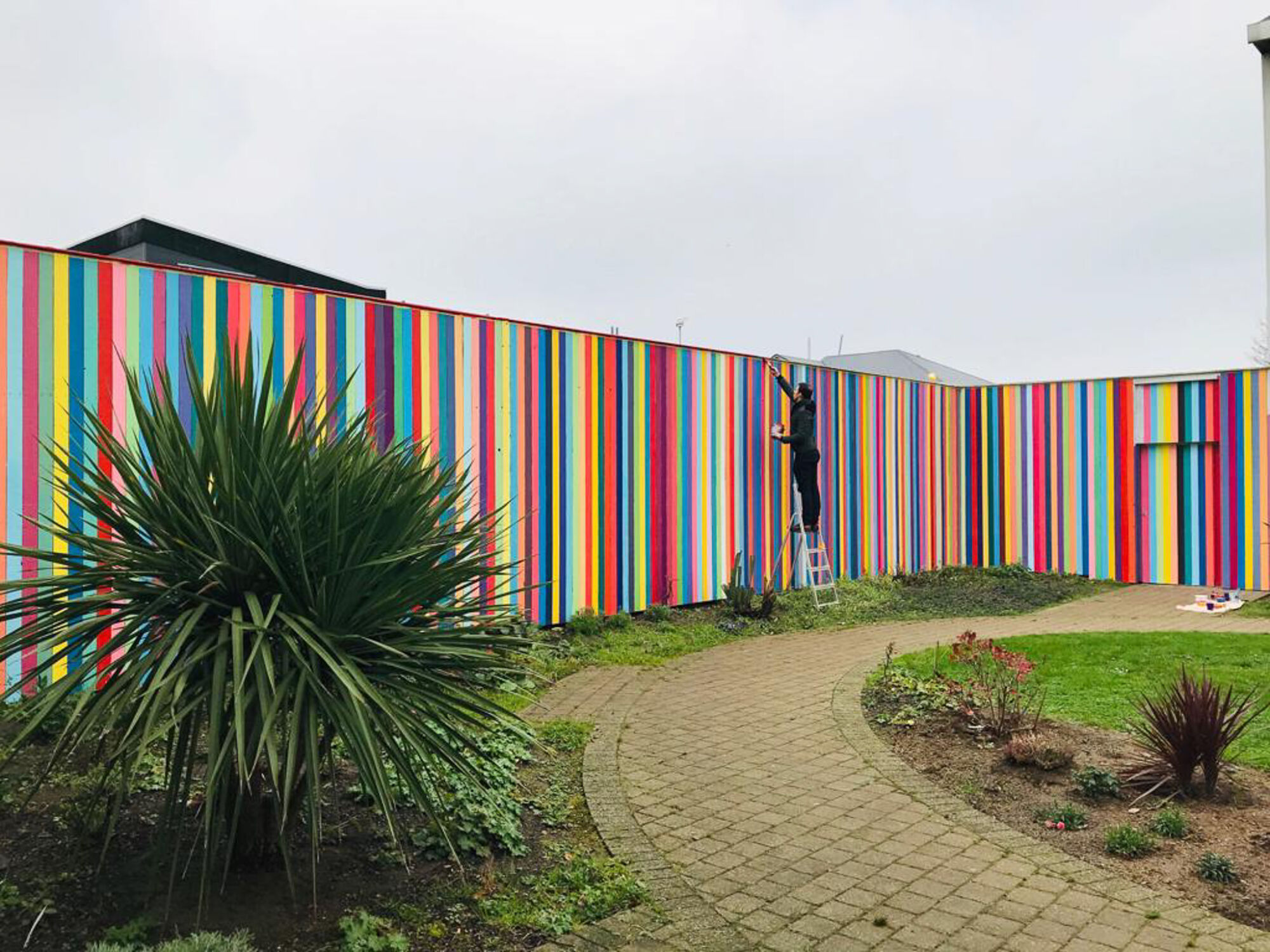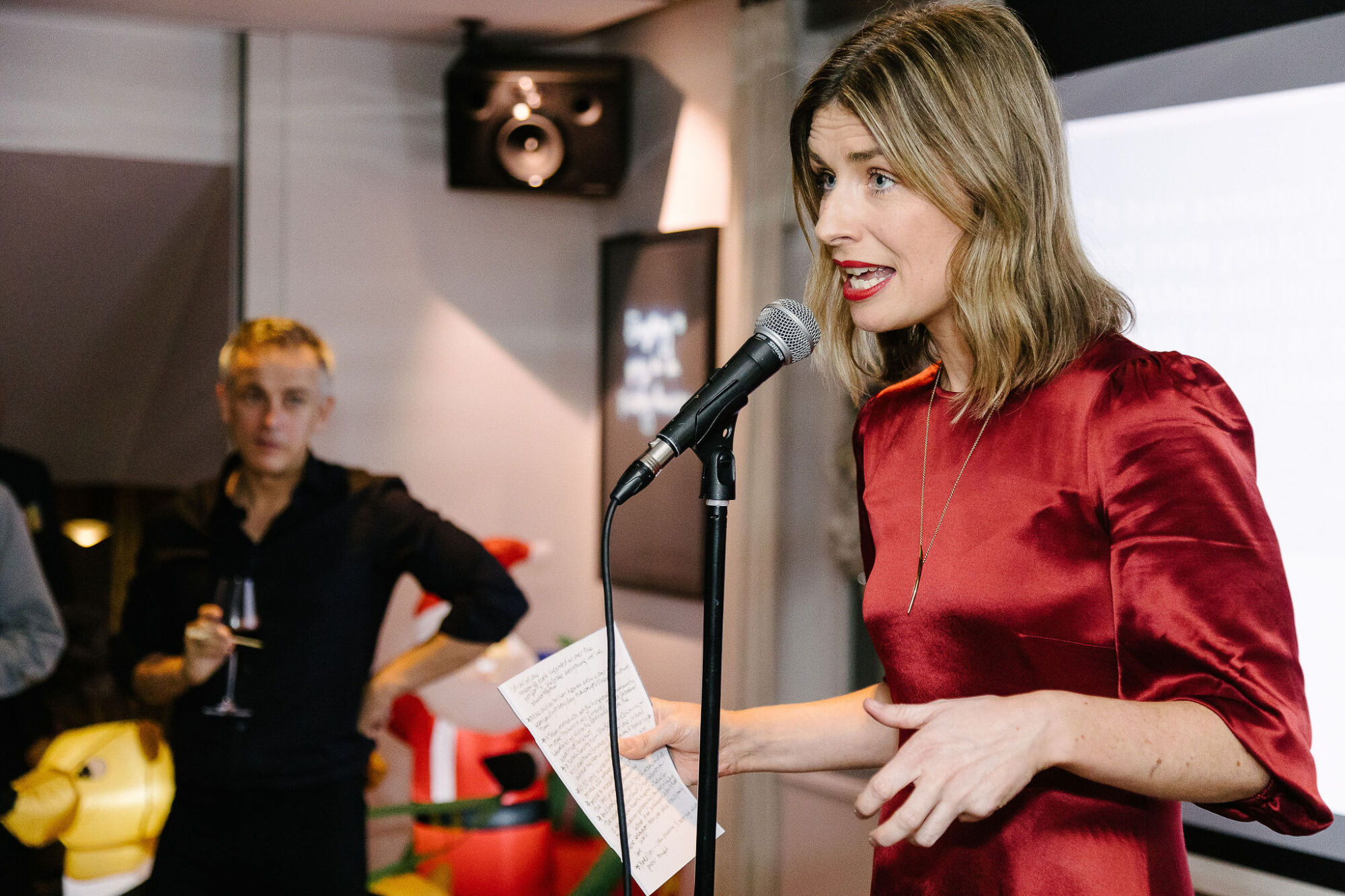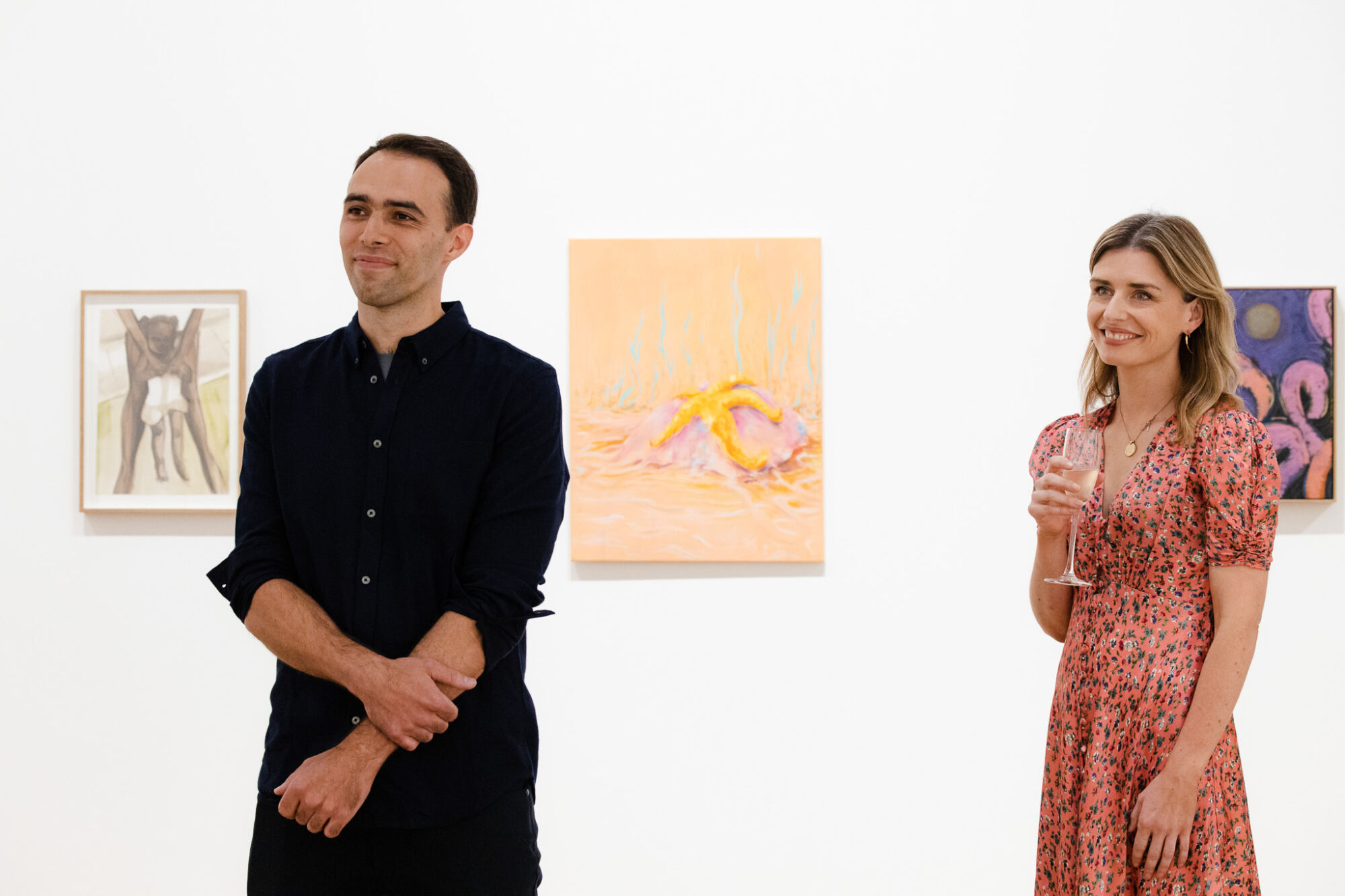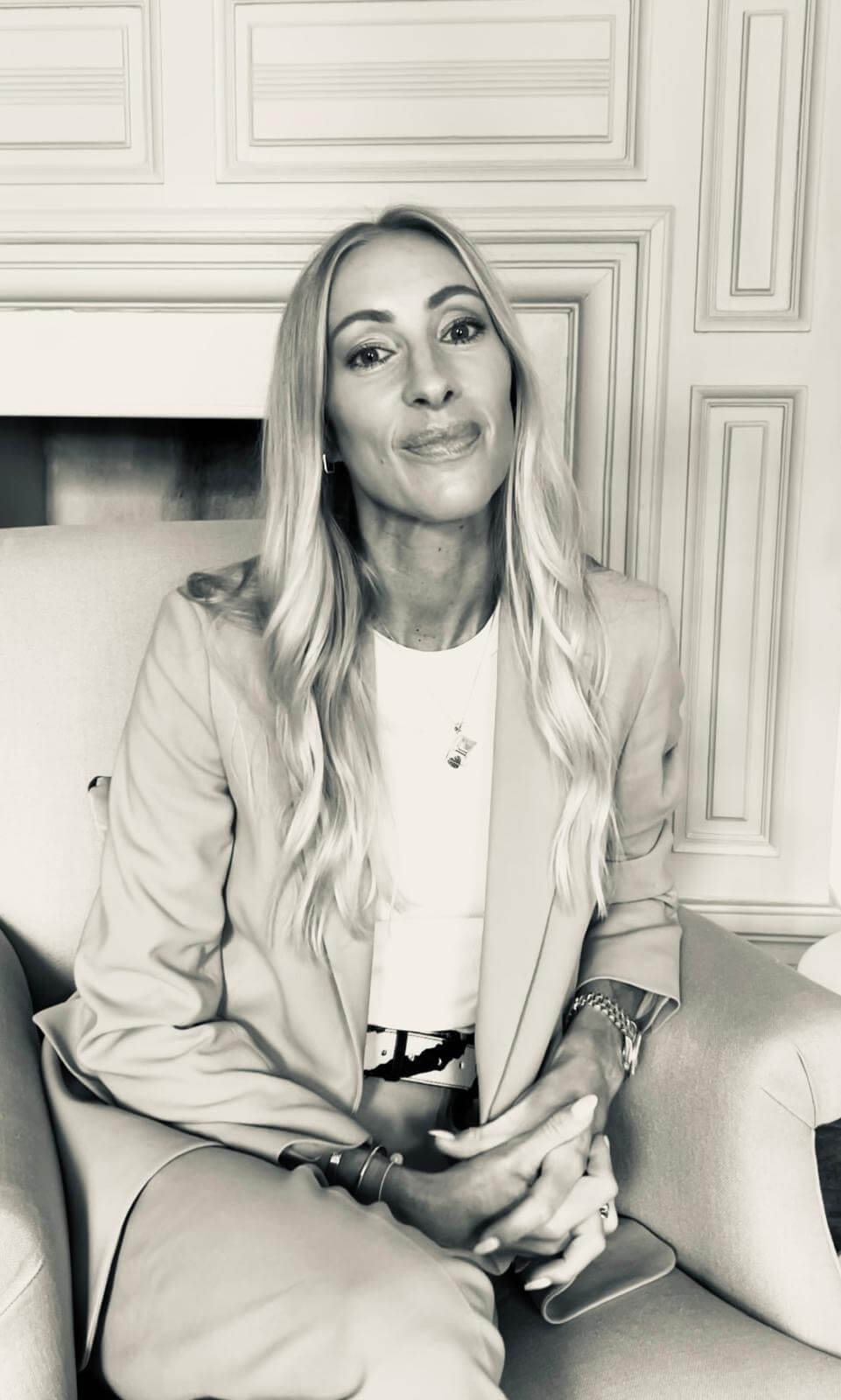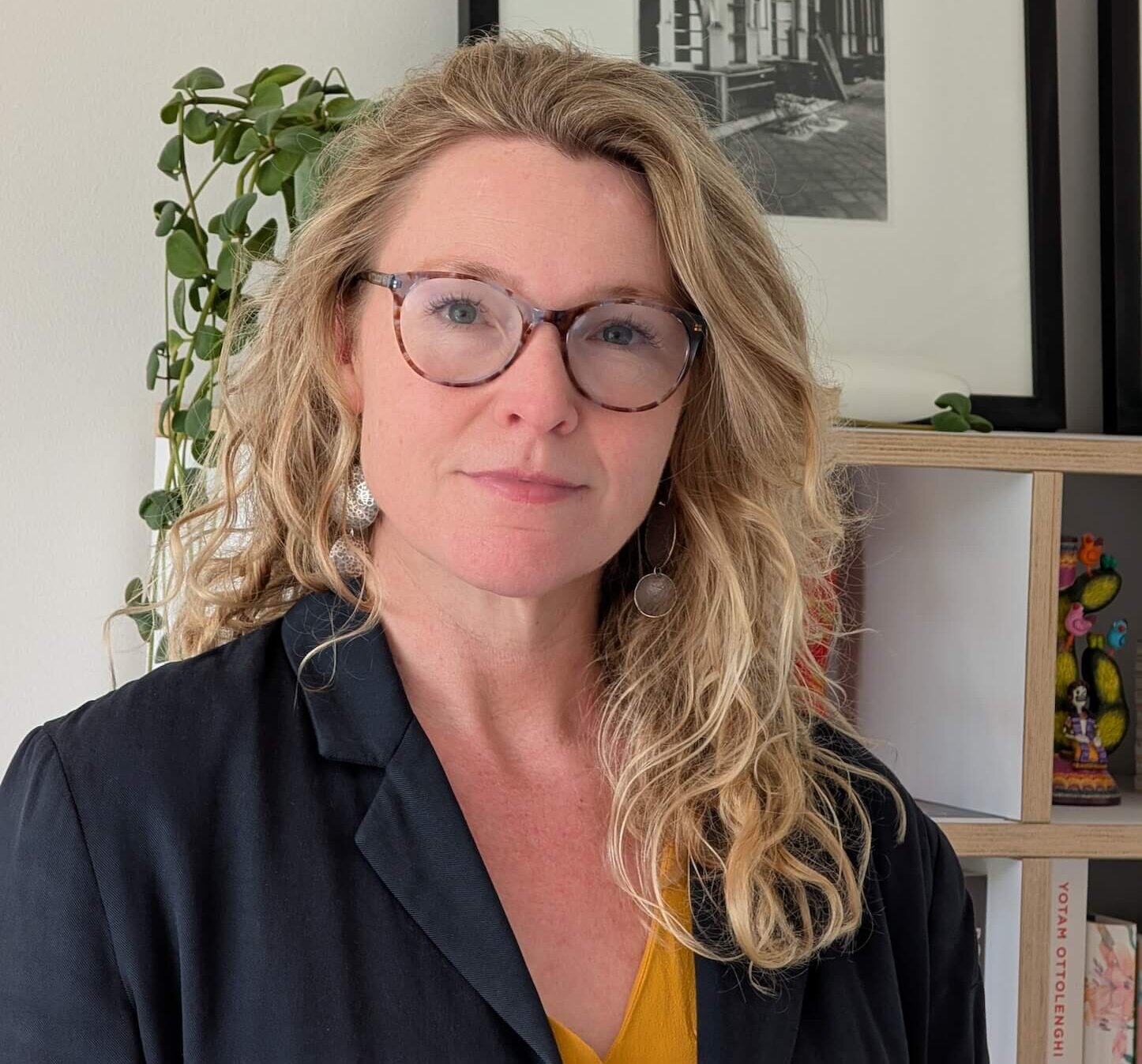

Interview Niamh White, Co-Founder of Hospital Rooms
After co-founding Hospital Rooms with her partner, artist Tim A Shaw, White has co-led its strategic growth over the past seven years and its transition into an Arts Council England National Portfolio Organisation in 2023. A visual arts curator, she has also commissioned leading artists including Sonia Boyce, Julian Opie and Anish Kapoor to help re-envision clinical mental health units as more appealing and healing spaces. Here, she shares her long-term hopes for the initiative…
THE WICK: Tell us about your typical Monday.
Niamh White: Every day is different at Hospital Rooms but of all days, Mondays do tend to have more of a structure. We have a morning meeting, which is a rare moment when we all come together. Our team can be all over the place geographically – our main office is in London, we have a satellite office in Cornwall, our research lead Haley is based in New Zealand, and we have projects taking place in Norwich and Sandwell. It’s really important to make sure everyone has the chance to connect and understand what each team is working on. After that, I have various internal meetings that can cover everything from curatorial to environmental impact, to finances and participation. I tend to get out in the world later in the week.
TW: Who is your ultimate Monday Muse?
NW: The Hospital Rooms team inspire me daily. They work so passionately to deliver our projects and make life better within the mental health system. Many of them also have their own artistic practices. One of our project curators Siphiwe Mnguni is a phenomenal artist and I recently bought one of her drawings, ‘Tentative Hands’. I have no doubt that she is one to watch for the future and will do incredible things.
TW: What is your long-term ambition for Hospital Rooms?
NW: When we set up Hospital Rooms, we intended on undertaking a few project-based initiatives and we were fully prepared for and almost expecting failure. We faced huge resistance in the beginning. It was unimaginable at that point that it would take the shape it is today with over 20 staff and just shy of £1 million turnover each year. Today, we aim to change the face of mental healthcare and ensure every person within mental health services has access to high quality creative and cultural experiences.
TW: How do you see art as a healing tool?
NW: At Hospital Rooms, we never set out to heal anyone. We can see a very tangible problem in that people with severe mental health conditions are treated in sterile, abrasive, and often dilapidated spaces. This is acknowledged and well documented in various published papers from the CQC [an independent healthcare regulator], white papers published by the government and the NHS themselves. We believe that in these distressing circumstances, where words often fail, what you see and what is communicated to you visually is of the utmost importance. We think space can have dynamic and caring properties, that it can offer people a sense of dignity, give a view of another world, acknowledge suffering and bring hope. We have seen how working equitably and collaboratively with artists to address this issue can have transformational and profound impacts on people. This has been the recurring outcome of our work.
“We think space can have dynamic and caring properties, that it can offer people a sense of dignity, give a view of another world, acknowledge suffering and bring hope.”
